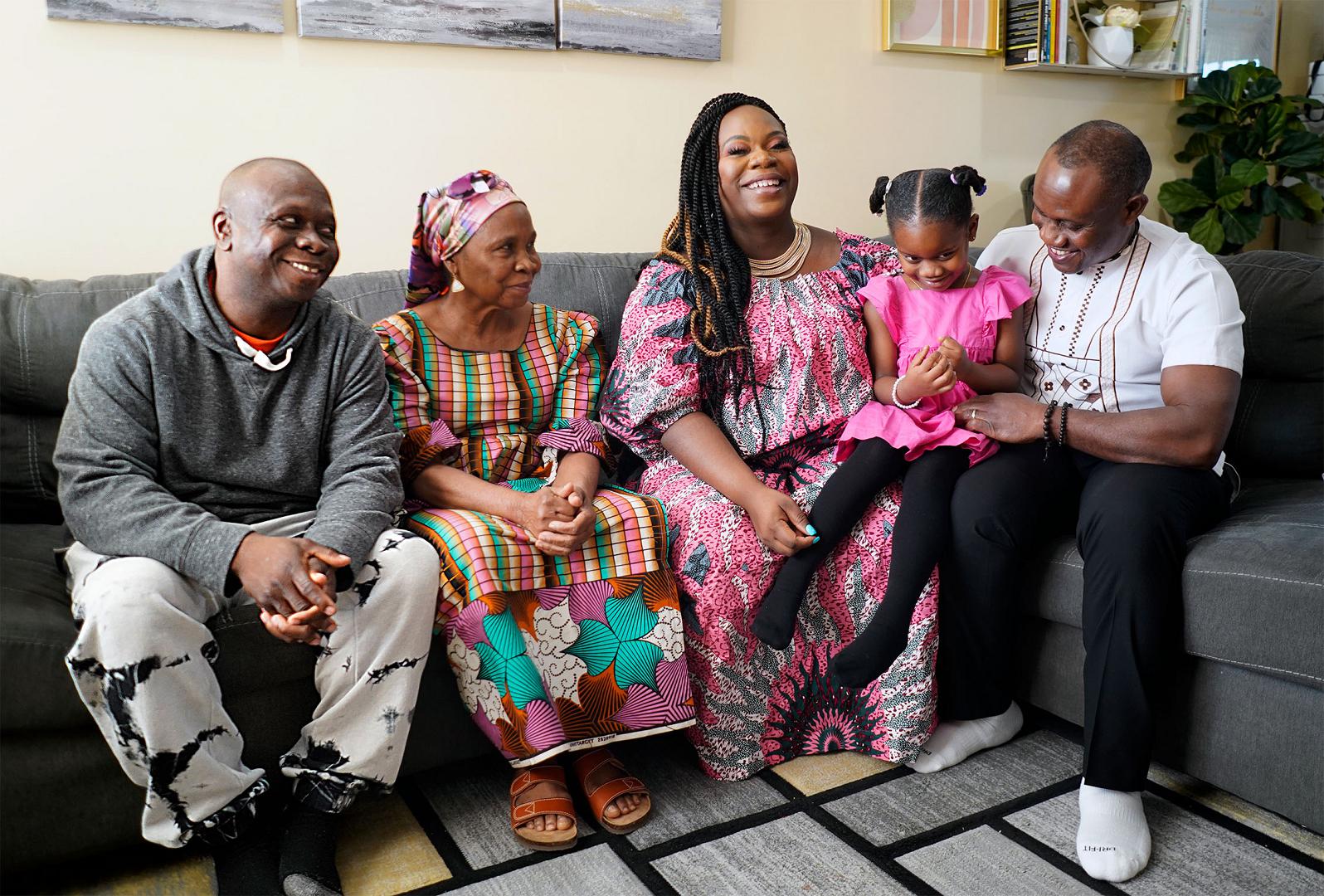U.S. Family Reunification

U.S. Family Reunification
The United States has several different ways in which refugees and asylees can be reunited with their family members. Each of these programs have different eligibility requirements. However, in general, refugees are only eligible to petition for immediate family members. Under U.S. law, an “immediate family member” is the child, spouse or parent of the person requesting reunification. To be considered a “child,” the person must be unmarried and under 21 years of age. All other family members such as siblings, cousins and adult children are not eligible for family reunion.
Once a refugee has been resettled to the United States, resettlement agencies should be available to advise refugees on which family reunion programs they are eligible for and assist them in filing the applications or be able to direct them to legal representation.
The I-730 Process
The I-730 is a refugee/asylee relative petition in what is often called a “derivate follow-to-join” process. If you have been admitted to the U.S. as a refugee or if you were granted status in the U.S. as an asylee, you may be eligible to petition for your spouse and/or unmarried children under the age of 21. The beneficiary can be a refugee or be processed out of their home country. For more information, please consult United States Citizenship and Immigration ServicesLink is external the I-730 Refugee/Asylee Family Reunification Practice ManualLink is external published by the Catholic Legal Immigration Network, Inc. (CLINIC). While not required, UNHCR encourages refugees to utilize legal representation during this process.
Priority Direct Access Program
The P-3 category of the U.S. Refugee Admissions Program (USRAP) allows persons granted refugee or asylum status in the United States to petition for their immediate family members. Family members must be parents, spouses and/or unmarried children under the age of 21 and must meet the U.S. definition of a refugee and be otherwise admissible to the U.S. Refugees in the United States who wish to petition for their relatives through this program must file an Affidavit of Relationship (AOR) with a resettlement agency.
When should one file an AOR? When should one file an I-730 Refugee/Asylee Relative Petition?
Ideally, relatives in the U.S. are encouraged to file an AOR and an I-730 as soon as possible. The AOR and I-730 processes often take years before family members arrive, so relatives are encouraged to file as soon as they are eligible. In addition, eligible nationalities for the P3 program can change annually and refugees may not be eligible to file the next fiscal year. An AOR must be filed within five years of arrival. In contrast, the I-730 must be filed within two years of the arrival of the U.S. applicant or within two years of the grant of asylum status.
How can a refugee or anchor relative check his or her case status?
The Refugee Support Center responsible for processing the overseas applicant’s AOR will notify the resettlement agency where the anchor relative submitted the AOR. The notification includes the time for the scheduled interview with the overseas family member. The overseas refugee applicant and the anchor relative should remain in contact regarding his/her case status. The status of an I-730 Refugee/Asylee Relative Petition can be checked on the USCIS websiteLink is external. The LIN number can be found on the U.S. anchor’s official visa receipt. The petitioner should contact the relevant U.S. embassy with further inquiries.
If the U.S. relative is asking about a case overseas, can I contact UNHCR for assistance?
Generally, UNHCR does not intervene in AOR or I-730 cases as they are handled by the U.S. government.

